Glamour Road
Color, Fashion, Style, and the Midcentury Automobile
by Jeff Stork and Tom Dolle
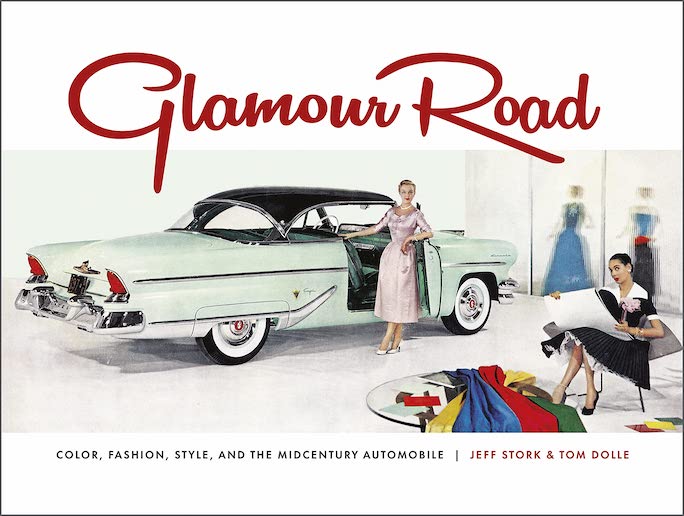
Glamour Road takes us on a trip through an amazingly creative and socially impactful time in auto design history. This fine book weaves the intricate story of how glamorous fashion and post-WWII automotive design trends combined to bring forth the memorable styling, colors, textiles, and ornamentation that set so many 1950–1970 American cars apart.
Organized into twelve chapters, this hefty 12″ x 9″ book’s 250-plus pages are packed with 425 eye-arresting period brochure and ad images, accompanied by concise and accurate text. Even the end papers, printed in a 1960 Buick upholstery pattern, are engaging.
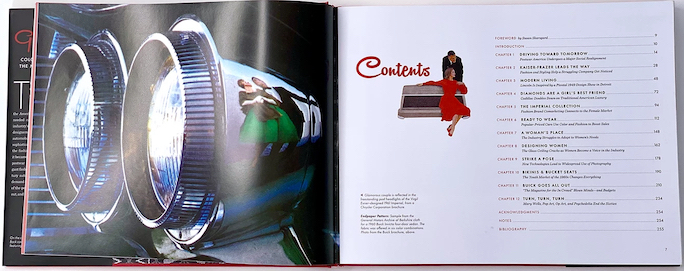
Top auto stylists and fashion consultants whose celebrated creativity and leadership made the Glamour Road era so glorious are given their due in the book. But, it also introduces us to contributions made by those whom the authors’ dedication calls “. . . the many unsung designers, engineers, artists, stylists and marketing professionals who created these glamorous machines that still cast a spell so many years later.”
Glamour Road’s design story essentially opens with a review of emerging product design trends after World War II, capped by the 1949 Exhibition For Modern Living, which focused on modern furnishing and houseware designs for home use. The fresh designs seen there were almost immediately reflected in automotive styling and marketing—perhaps not surprisingly, as the exhibition’s Detroit Institute of Arts venue is located in America’s “Motor City.”
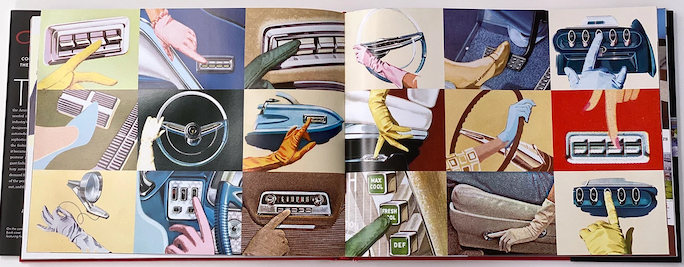
The proliferation of suburban communities in the early 1950s spurred the growth of “two-car families.” Automakers began to recognize women as a growing potential customer segment. Soon, the industry was reaching out to the expanding female market, with more choices in exterior colors and more fashionable interior designs. The proliferation of colors and imaginative combinations of same are well represented in the book’s imagery.
Seeking to meaningfully engage potential women customers, leading advertising agencies contracted with fashion consultants to develop advertising campaign themes and imagery. This melding of fashion and the automobile would be evident on new cars featuring multi-tone tone exterior color treatments, richly patterned interior trim, and sweeping body lines—all driving a groundswell of demand for new cars.
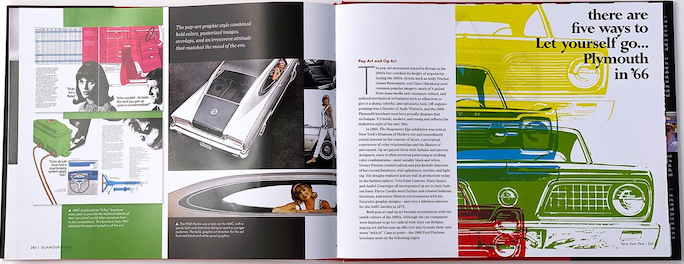
That the fashion industry’s annual style reviews meshed perfectly with the automakers’ annual model change cadence made the partnership all the more effective, the book demonstrates.
The many images in Glamour Road that depict women as drivers and owners of automobiles document the increased recognition of their importance to the auto industry in the era. As sales to women became a marketing focus, some auto companies brought female designers into their studios, and those pioneers are honored here.
When GM Design Chief Harley Earl in 1958 created a “Damsels of Design” team of women designers within General Motors Styling, it seemed that women might at last be fully accepted into the auto design world. Alas, it would still be many years before women designers would be fully welcomed into industry design studios. However minimal, the inclusion of women in the automotive design process in the Glamour Road period opened the door to an acceptance of social change that reverberates in the industry even today.
Many readers will be surprised to discover that the Glamour Road epoch of automotive marketing began with a break-through campaign for that new post-WWII independent automaker, Kaiser-Frazer. As stunningly depicted and informatively commented upon in the book, the automaker’s marketing graphics focused on their new cars’ fashionably coordinated color and trim combinations.
The positive influence of fashion consultants on sales and brand image was quickly noted by American luxury makes. It was Lincoln, the book informs us, that became a trendsetter with its fashion-themed 1952 campaign. Subsequent chapters cover Cadillac, Imperial, and Packard’s fashion-influenced cars and campaigns.
By the mid-1950s, the popularly-priced makes were also riding the fashion-driven wave that would carry much of American automotive marketing well into the coming decade. Of course, some marketing ideas were less successful than others—the 1955/56 Dodge La Femme that was perhaps too overtly feminine, and the unique aspects of the 1958 Edsel introduction being two memorable examples the book discusses.
The shift from illustration to photography in automotive print marketing during the 1950–1970 period is an integral component of Glamour Road’s overall story. Author Jeff Stork discusses this transition in an interview with renowned automotive imagery historian and authority Jim Secreto. A retired professional automotive photographer himself, Secreto provides fascinating insights into the intricacies and challenges of creating imagery for auto campaigns.
In a chapter titled “Bikinis & Bucket Seats” the book nears its conclusion with a review of how the “youth market” demographic coming to the fore in the late 1960s sent automotive marketing off in new directions.
For its grand finale salute, Glamour Road presents a full-chapter tribute to the fashion-rich 1967 Buick deluxe brochure. This 60-page magazine-like piece established a pinnacle of fashion-driven automotive marketing. Its photographic presentation, reproduced in the book, includes the day’s top female fashion models, male sports legends and Hollywood leading men—all posing in, on or around Buicks.
In a sort of postscript, the book closes with a with a chapter including the story of how legendary ad agency head Mary Wells Lawrence, aka “The Wonder Woman of Madison Avenue,” helped revive a moribund American Motors Corp. by positioning their products as “the NOW cars!” Emerging social and design trends pointing the way to the 1970s are also discussed as we exit Glamour Road.
The substantial talents and complementing professional backgrounds of author Jeff Stork and designer Tom Dolle made Glamour Road possible.
A native of Flint, Michigan and son of a classic car collector, Stork grew up around cars and the industry that makes them. He became an auto marketing professional as an adult, working for more than 20 years on Big Three marketing staffs. Today, he lives in Palm Springs, CA, where he curates a large private auto collection. Stork’s succinct yet enjoyably conversational writing style made Glamour Road an especially pleasant read for this reviewer. The well-researched text also reflects an extraordinary commitment to accuracy.
The book’s designer, Tom Dolle, is also a lifelong car enthusiast who grew up in the Midwest and now lives in Palm Springs. An award-winning designer, Dolle owned a studio for three decades in New York and was also for 20 years an adjunct professor for the Pratt Institute’s Graduate Communications Design Program. Long fascinated with the artwork and photography of Midcentury auto brochures and ads, Dolle ensured every well-chosen image in the book is optimally presented.
Dolle and Stork also co-produce the annual Palm Springs Cul-de-Sac Experience—a popular street-party event showcasing a circle of the city’s Midcentury homes, accompanied by period-appropriate pre-1965 automobiles.
Glamour Road is sure to delight any aficionado of Midcentury automobiles. Others will enjoy viewing the cars and fashions in the context of the Midcentury life-style. The backstories of how consultants, advertising agencies, studios, and clients worked together to create great campaigns remind us of what openness to diversity, coordinated teamwork, and an abundance of top-notch professional talent can achieve.
Signed copies are available from Dolle’s Palm Springs-based incubator/design studio/consumer products company, Destination PSP.
Copyright 2022, Terry V. Boyce (speedreaders.info).


 RSS Feed - Comments
RSS Feed - Comments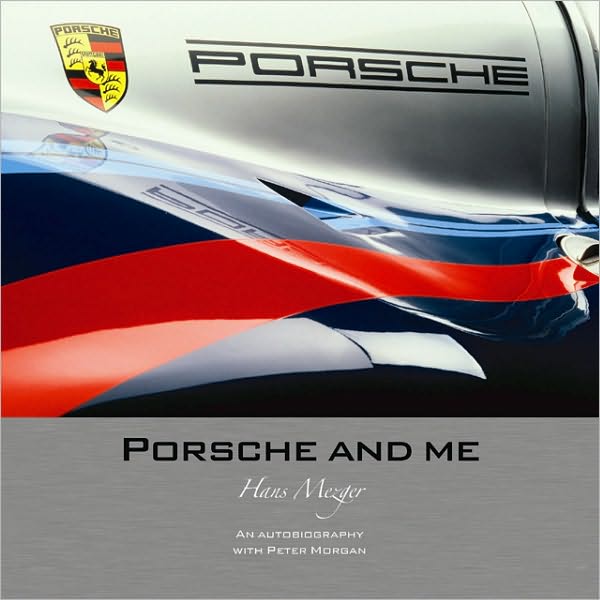

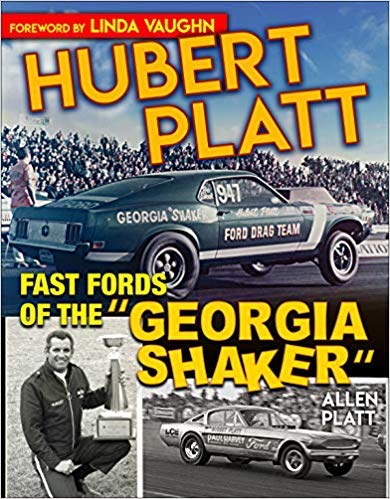
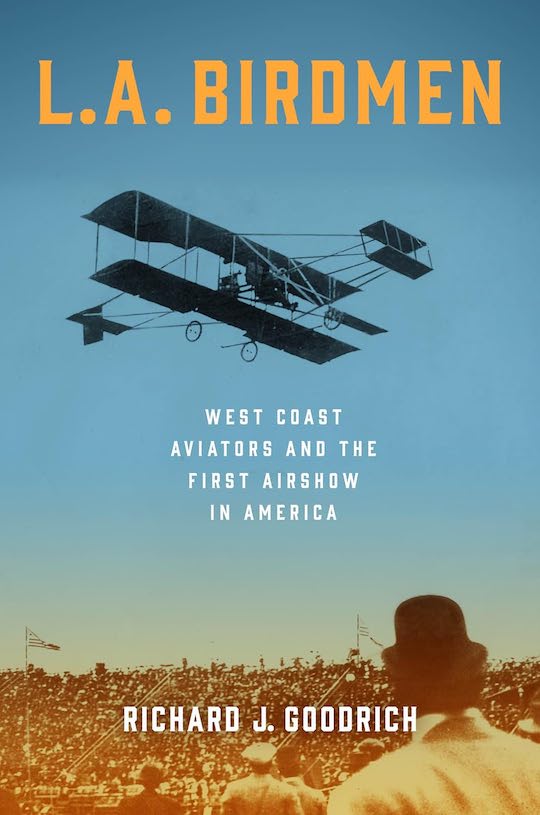


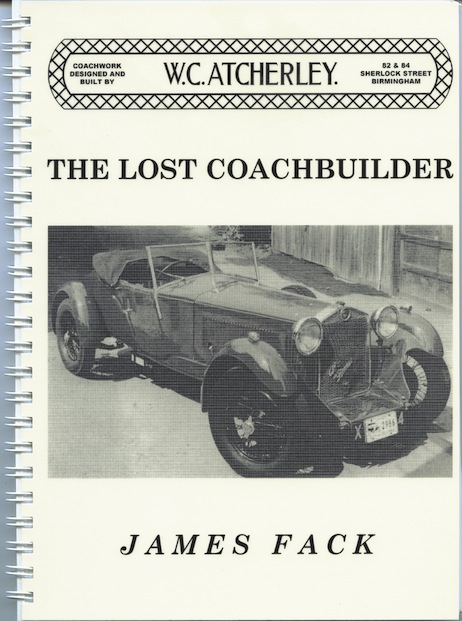
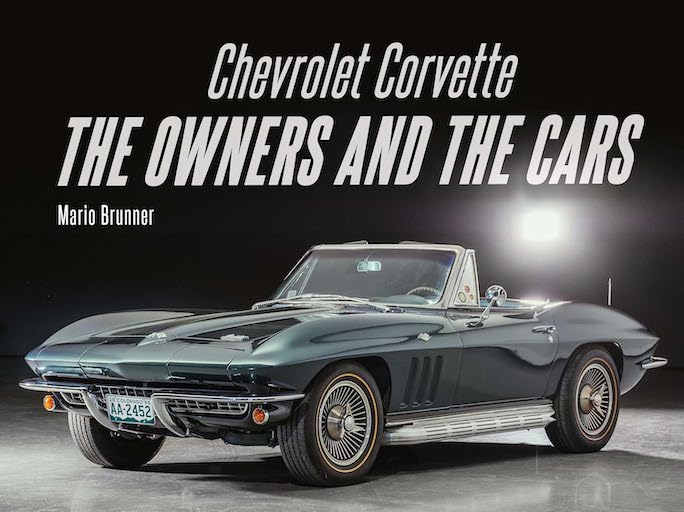

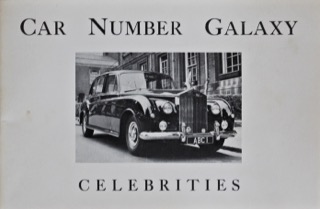
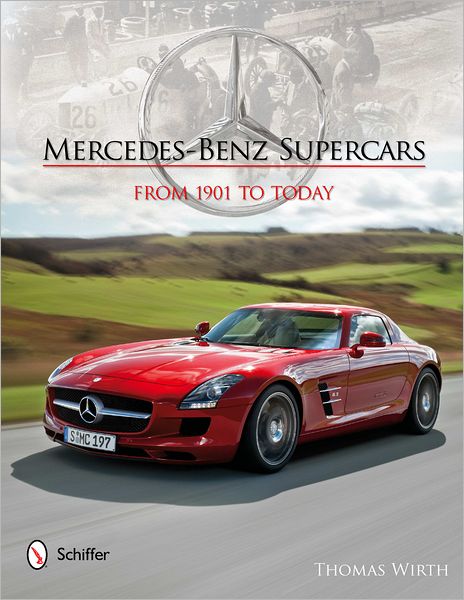
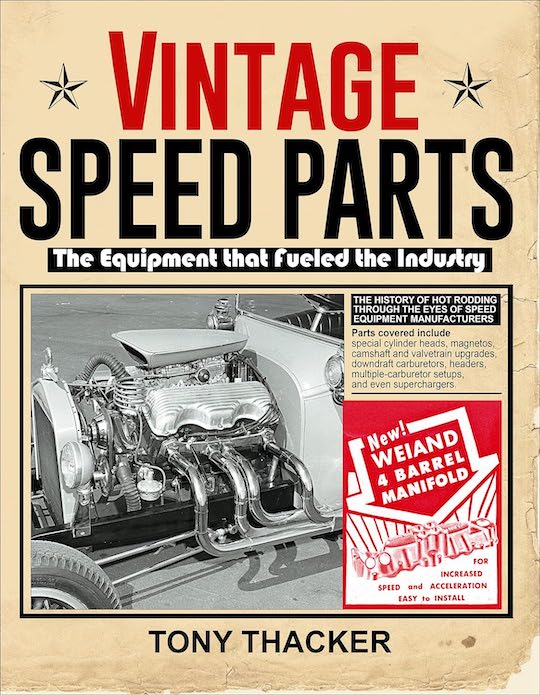
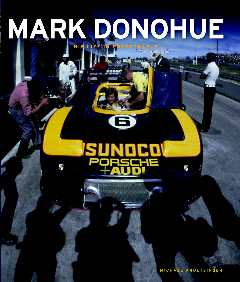
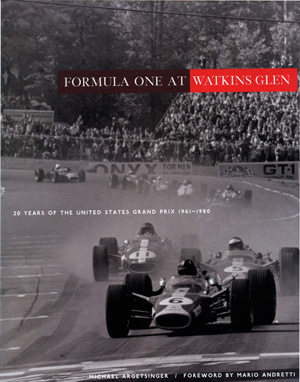


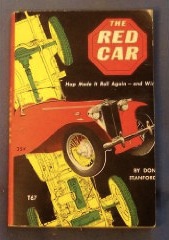
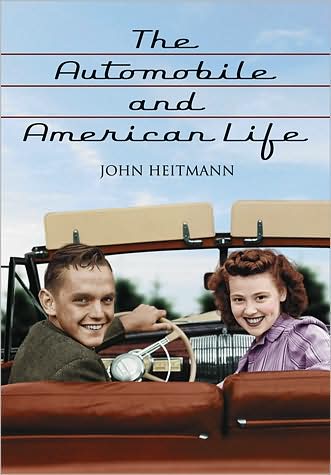
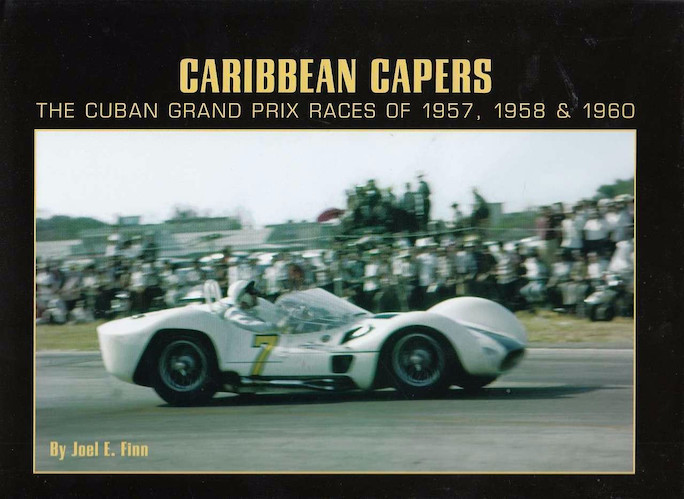
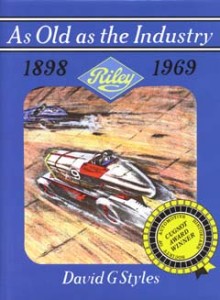


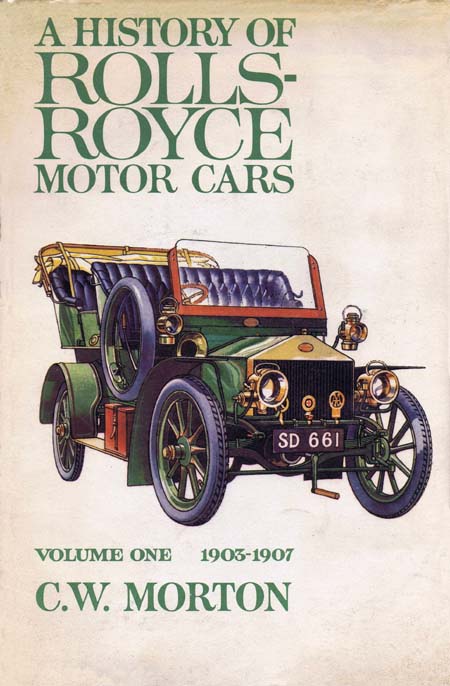


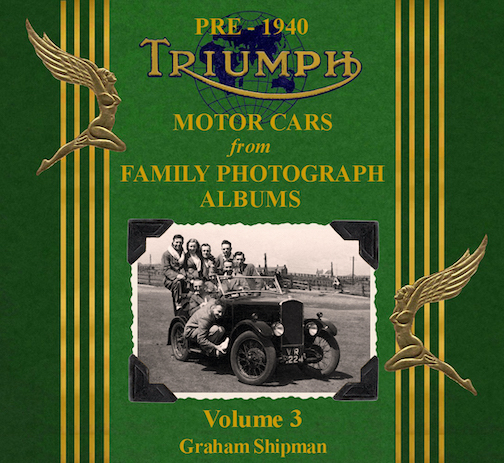

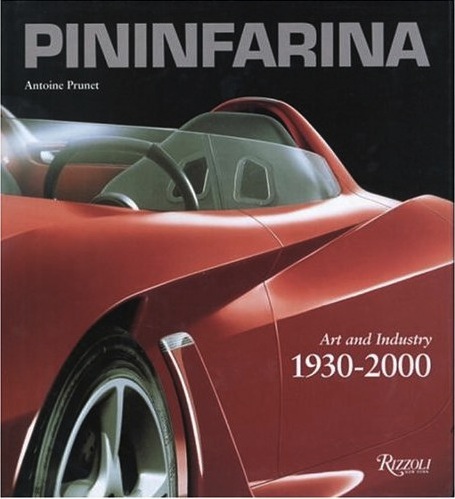
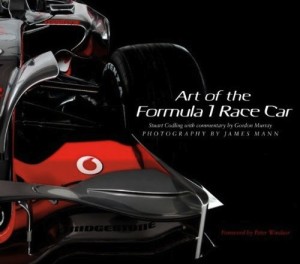
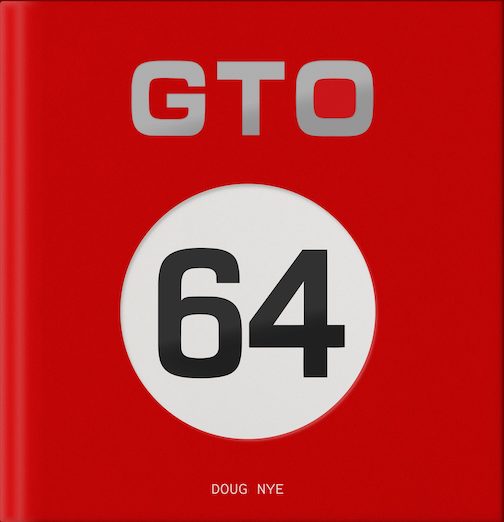

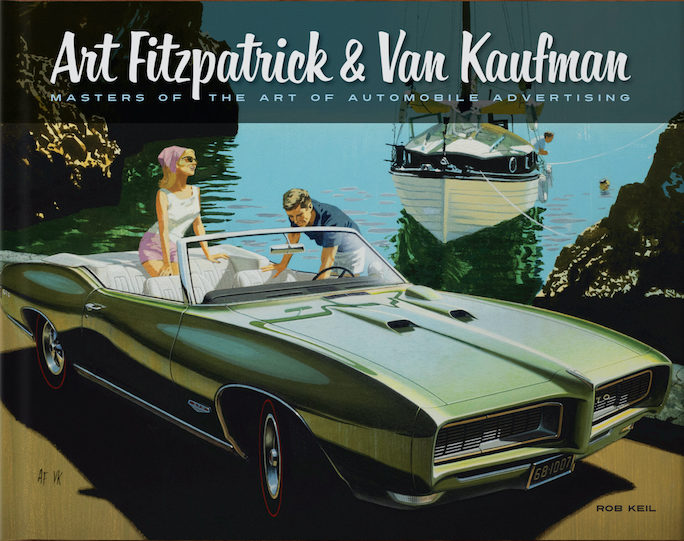
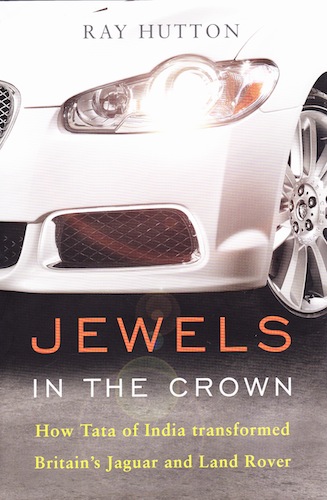
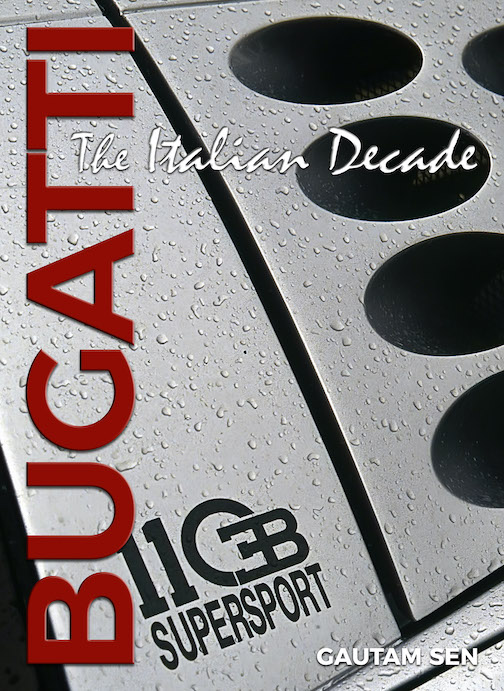

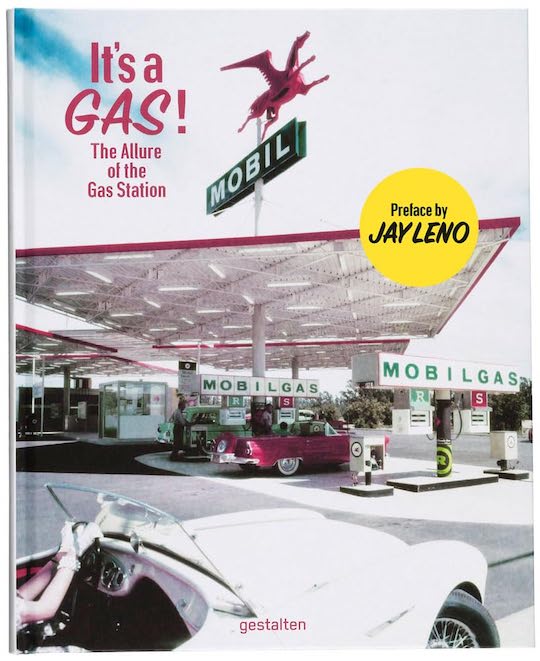
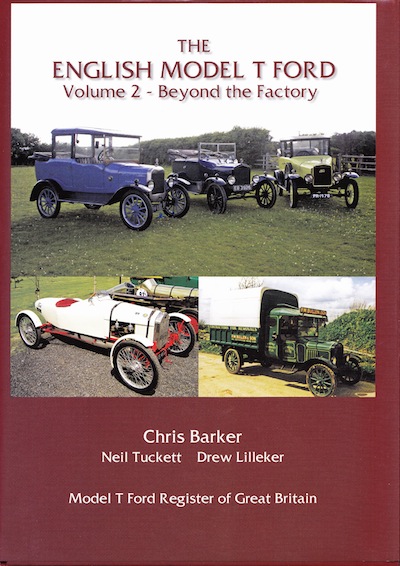



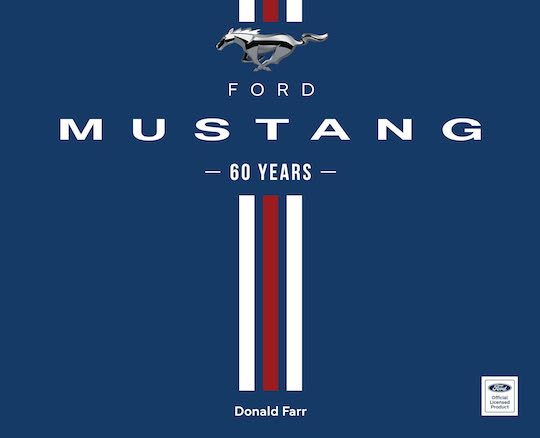

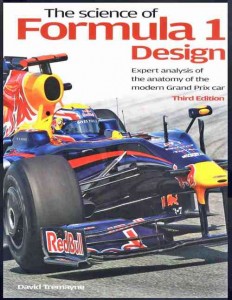
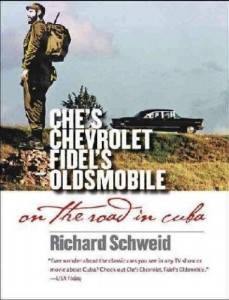
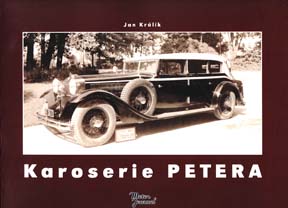



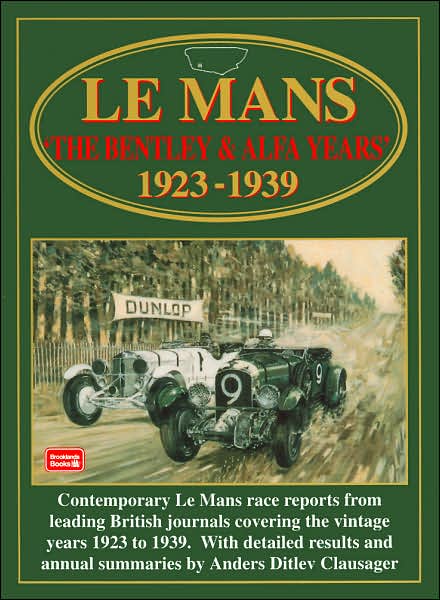
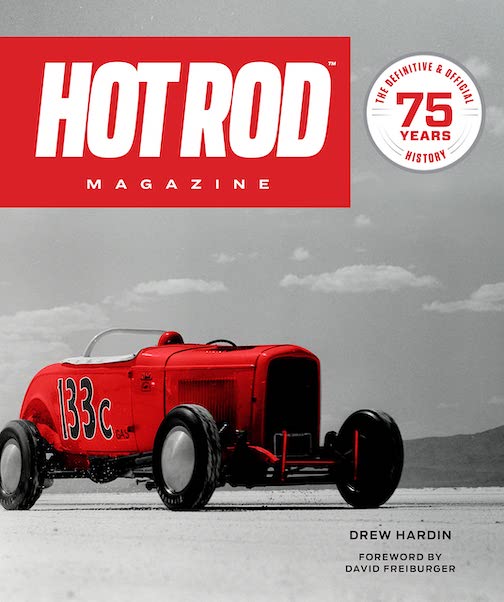

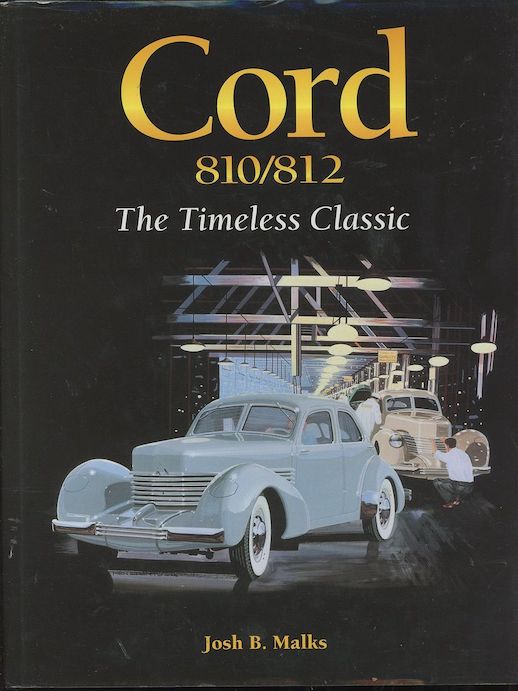

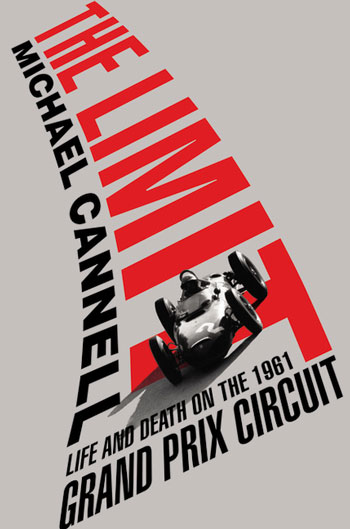


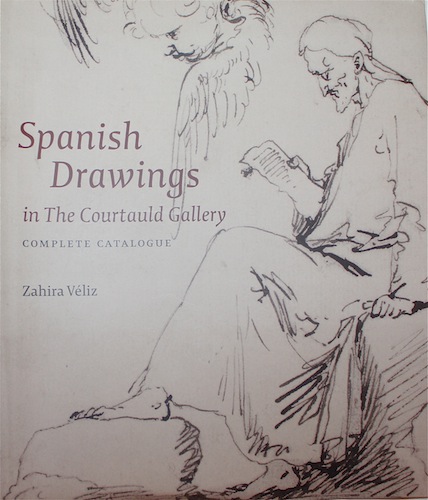
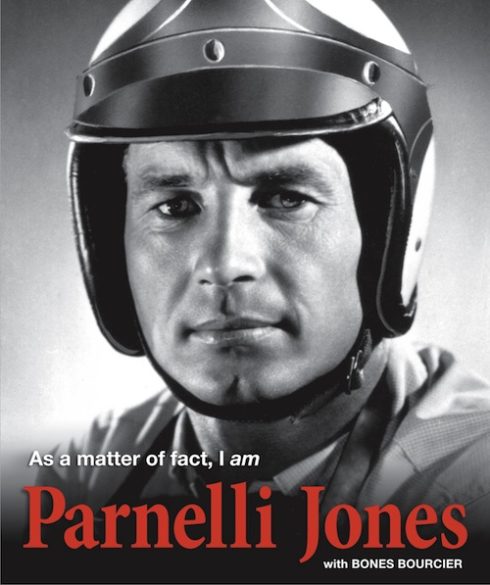

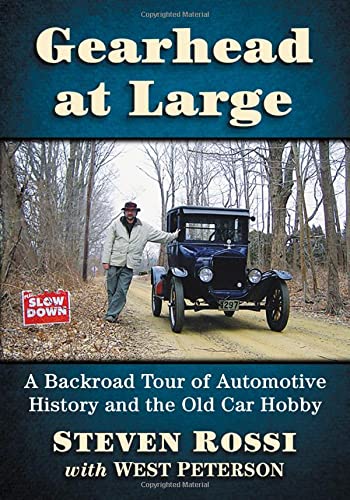


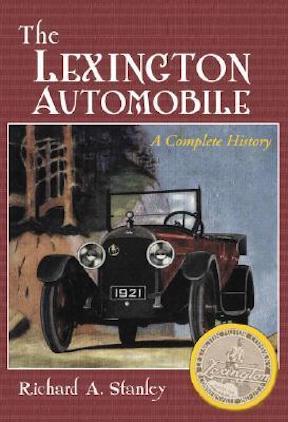
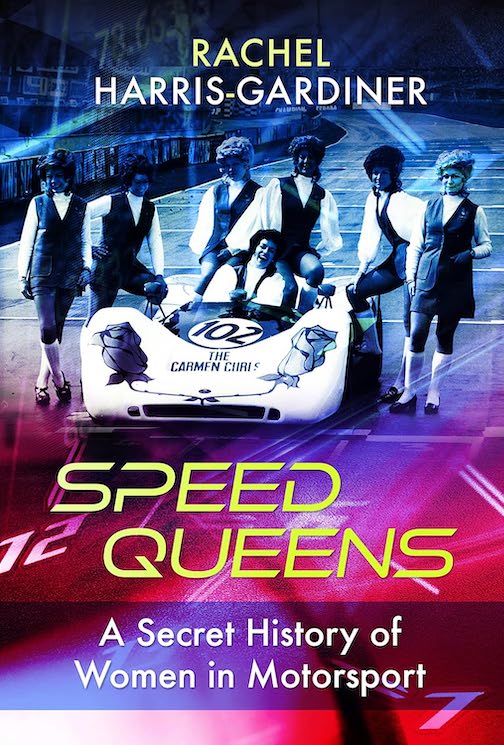
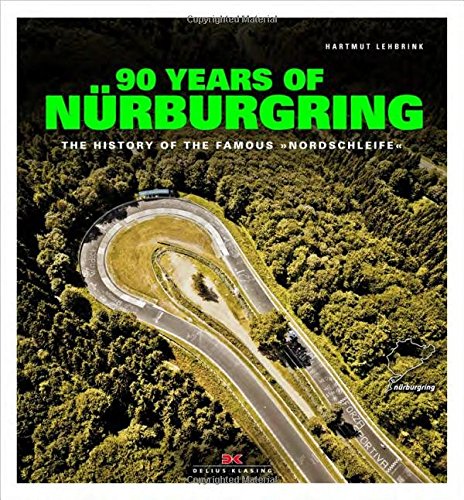
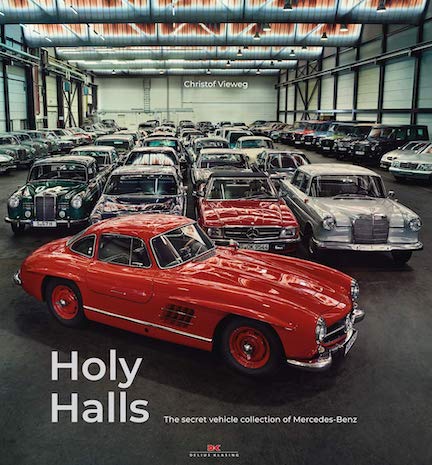
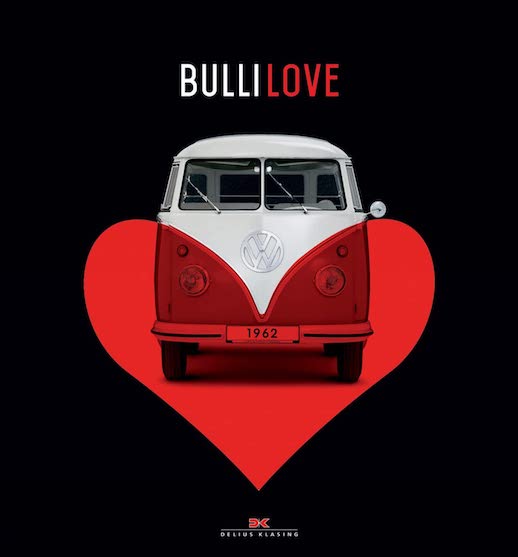
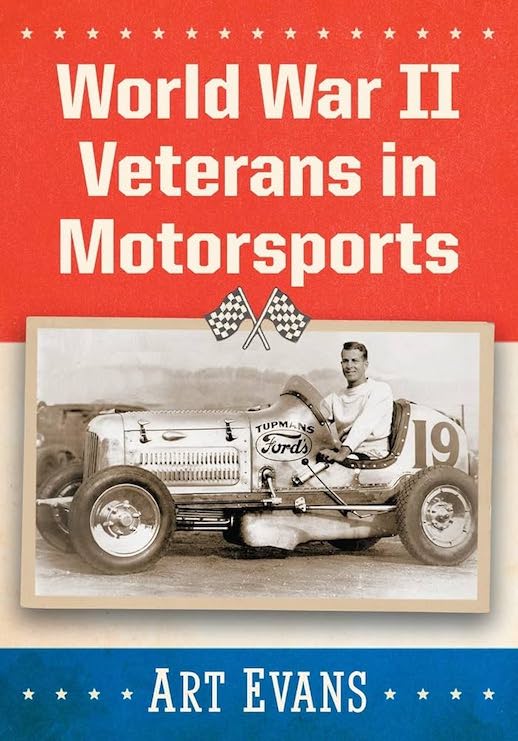

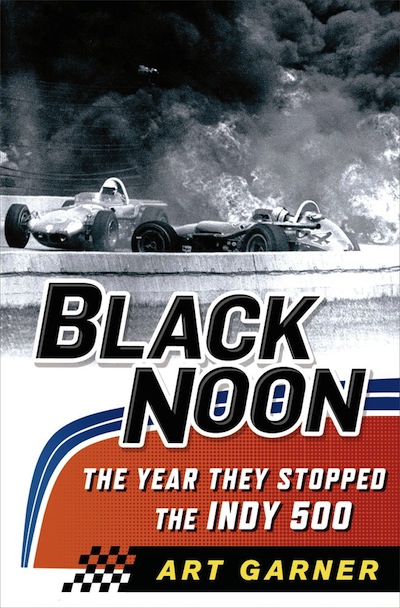

 Phone / Mail / Email
Phone / Mail / Email RSS Feed
RSS Feed Facebook
Facebook Twitter
Twitter